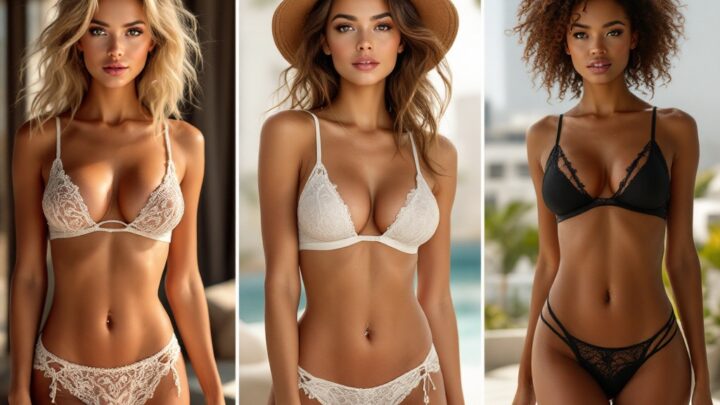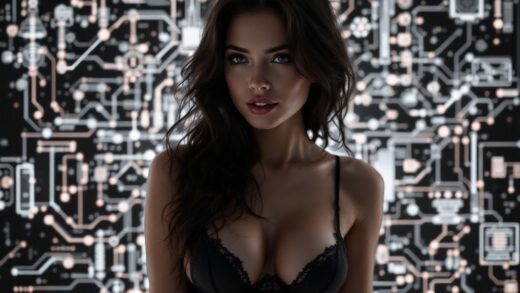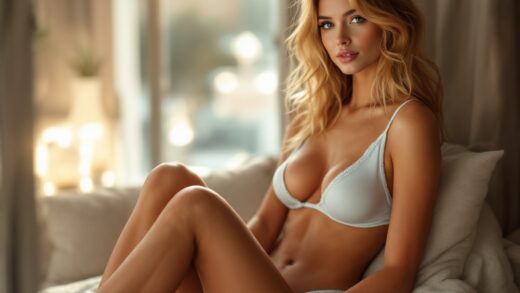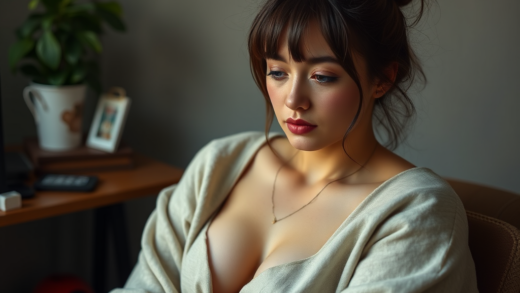The awe-inspiring rise of artificial intelligence is profoundly altering multiple artistic domains, particularly within the field of image crafting and modification. At the forefront of these revolutionary developments are the methods of inpainting and outpainting—complex techniques that allow for the flawless transformation of imagery. These technologies excel not only in mending or upgrading visuals but also in navigating territories once considered difficult to traverse. Harnessing deep learning algorithms, artists in the erotic genre can now embark on creative visual storytelling, crafting content that stretches the limits of what’s possible. The merging of technology and art births fresh avenues for artistic expression while sparking debates on issues of representation and ethics in the realm of digital media creation. This article delves into the technical mechanics, applications, and repercussions of AI inpainting and outpainting within the niche of erotic art.
Understanding Inpainting
Inpainting fundamentally involves filling in voids or restoring sections of a picture. It’s about rebuilding the image such that the outcome is a cohesive and integrated piece of art. AI Inpainting takes this core idea and elevates it with advanced algorithms that scrutinize pixel information to forecast what should occupy the blank spaces. This is particularly monumental in undertakings like image undressing, especially in the arts where creative judgment is key. Artists have the power to tweak elements while safeguarding the essence of the original work. The creative latitude offered by inpainting empowers artists, enabling them to reinterpret visuals in a manner that provokes thought and incites the imagination.

How AI Advances Inpainting
AI-powered inpainting approaches considerably elevate the quality and precision of reconstructed visuals. These advanced algorithms are capable of learning from extensive data banks, identifying and comprehending patterns across diverse art and photography genres. Such enhancements result in remarkable resolutions that consistently captivate viewers, making the modifications appear instinctive rather than artificial. Moreover, as these AI systems continue to advance, their capacity to produce intricate details and deliver more vivid textures amplifies the overall visual journey. This fusion of AI and artistic purpose heralds novel applications and creates a platform for unprecedented creative exploration.
Exploring Outpainting
Let us now explore the groundbreaking technique called outpainting. Unlike the traditional inpainting that fixes missing segments of an image, outpainting inspires creativity by extending visuals beyond their initial scope. This technique entices artists to broaden scenes, producing illusions of boundless landscapes that augment and improve the existing art. AI-based outpainting employs advanced algorithms to examine and generate new components consistent with the original image, crafting captivating yet credible expansions. This methodology is crucial for artists eager to construct narratives or settings that more deeply engage onlookers.
The Role of AI in Outpainting
The prowess of AI in outpainting is showcased in its ability to imitate and concoct realistic extensions informed by an understanding of visual appeal. Using neural networks seasoned on varied datasets, AI outpainting utilizes contextual indicators to create new settings, figures, or elements harmonious with the original work. This capability enables creators not only to fulfill their artistic aspirations but also to deepen narrative engagement within their creations. Artists can effectively transpose their visions onto larger canvases, leveraging technology as a launchpad into vast creative terrains that were once hemmed in by physical or technical limitations. Consequently, the horizons for expanding and reinventing erotic art are limitless.
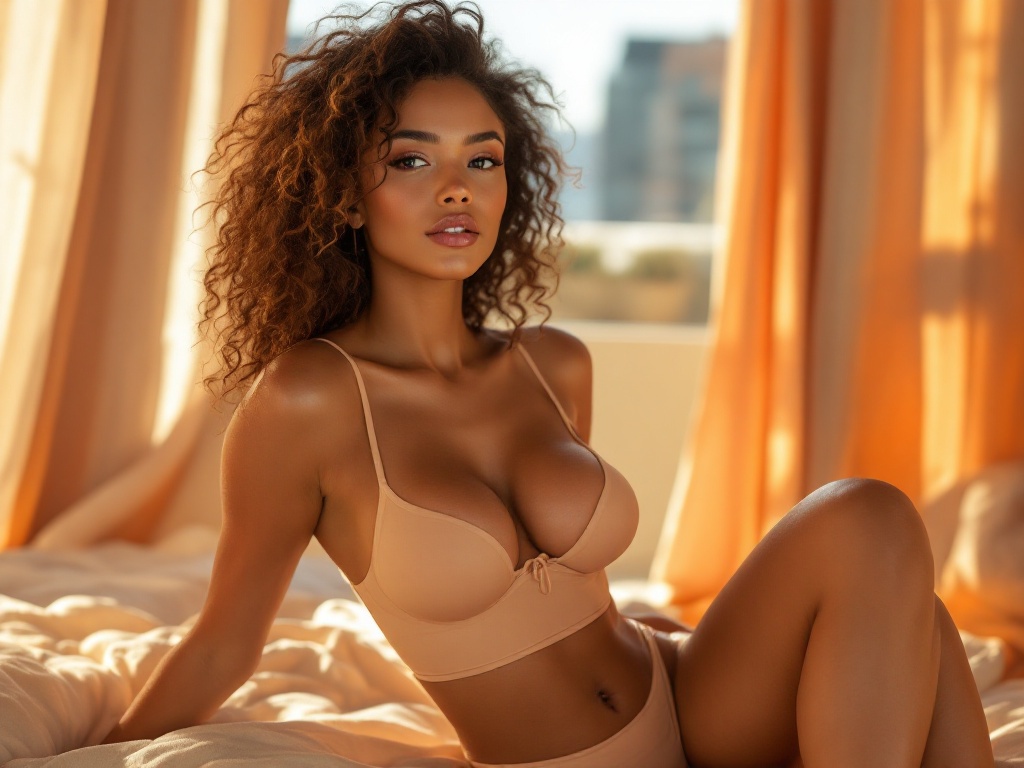
Applications of AI Inpainting/Outpainting in Erotic Art
The convergence of AI technologies and erotic art offers unparalleled avenues for experimentation and innovation. Artists within this field harness AI potential to delve into themes entwined with sexuality, identity, and longing through visually arresting interpretations. For instance, inpainting might be used to creatively modify attire, ensnaring viewers with the charm of both concealed and exposed aspects. Outpainting serves to broaden the narrative canvas, inviting viewers to explore more profound themes surrounding the work of art. As artists increasingly experiment with these methods, the breadth of erotic art continues to thrive and expand.
| Technique | Application | Benefits |
|---|---|---|
| Inpainting | Rectifying image defects, refining visuals | Heightened cohesiveness and artistic fidelity |
| Outpainting | Crafting expansive scenes and storylines | Enhanced creative liberty and thematic richness |
Creative Freedom and Ethical Considerations
While the breakthroughs in AI inpainting and outpainting grant immense artistic freedoms, ethical considerations hover over its applications. Questions of consent and representation emerge prominently in deploying these technologies, especially in the arena of erotic art. It is imperative for artists to navigate these concerns responsibly, ensuring that modified images honor the dignity and authenticity of their subjects. Moreover, creators must balance between artistic rendition and how manipulated perceptions might affect societal views about allure, sexuality, and identity. This equilibrium is vital in cultivating a safe and respectful approach to sensuous imagery.
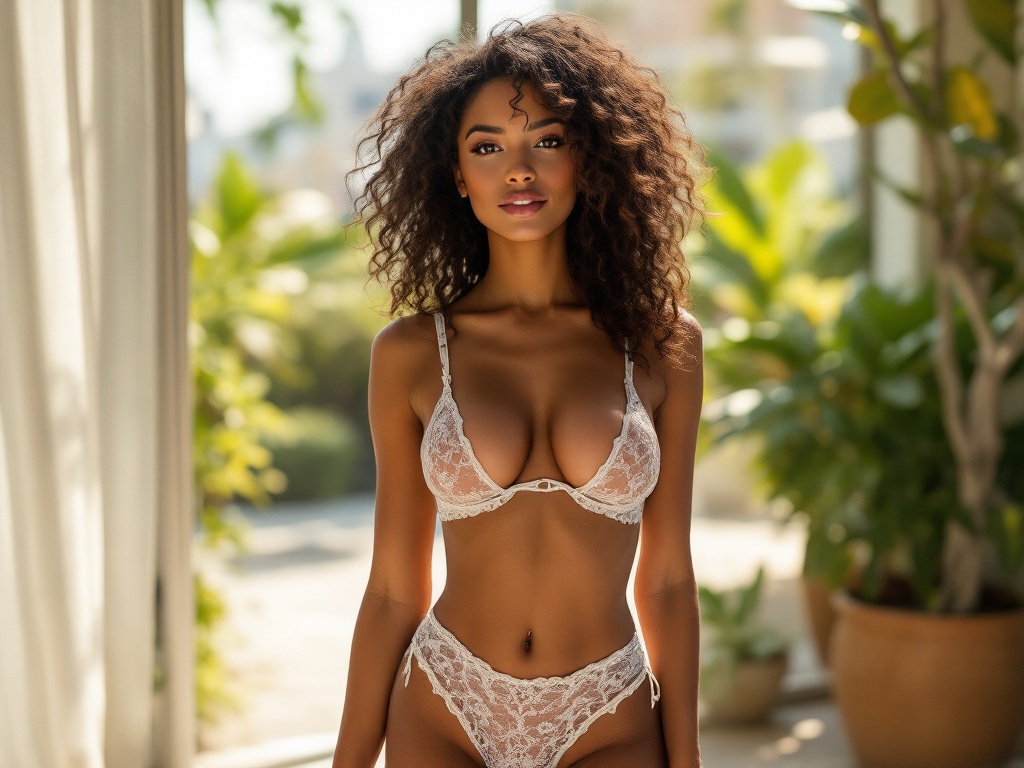
The Technical Process Behind AI Inpainting/Outpainting
Grasping the technical complexities behind AI inpainting and outpainting sheds light on the spectacular capabilities these tools possess. At their core, these processes are rooted in deep learning models that have been trained on a wide spectrum of images. By studying pixel patterns, neural networks can foresee how to fill gaps or broaden an image convincingly. Analyzing structure, color dispersion, and contextual hints empowers the AI to yield visual results that adhere to artistic norms. This technology is ever-evolving, with newer models progressively refining their output to meet exceptional artistic standards.
The Impact of Neural Networks
Neural networks serve as the structural foundation behind AI inpainting and outpainting processes. By emulating human neural connections, these networks learn from vast training datasets that comprise thousands of images. This enables them to detect intricate nuances within visual arts and apply learned insights when crafting alterations. The result is AI that can enhance the visual experience while conforming to stylistic and contextual nuances unique to various art forms. Through sustained research and development, the capabilities of neural networks continue to extend the frontiers for artists avid to test the limits.
Conclusion
The mechanisms of AI inpainting and outpainting represent a remarkable blend of technology and art, particularly within the daring sphere of erotic imagery. As artists venture into the possibilities of these techniques, they unlock an abundant wellspring of creative prospects while addressing ethical duties. AI-driven tools not only embellish artistic visuals but also challenge conventional notions of artistic authenticity. In the end, the symbiosis between creators and technology is continually evolving, reshaping our comprehension of art, identity, and the human journey.
FAQ
- What is AI inpainting? AI inpainting is a technique used to restore absent or damaged parts of an image through artificial intelligence, allowing seamless adjustments and upgrades.
- How does outpainting differ from inpainting? While inpainting focuses on filling voids within an image, outpainting extends the boundaries by crafting new content that enhances the original scene.
- What tools are commonly used for inpainting and outpainting? Widely used AI-driven tools include DALL-E, Adobe Photoshop’s generative fill feature, and several machine learning frameworks implemented in bespoke applications.
- Are there ethical considerations when using AI for image undressing? Absolutely, ethical considerations are mainly centered around consent, the genuineness of representations, and how modified images might affect perceptions of beauty and reality.
- Can anyone use AI inpainting and outpainting tools? Many tools are crafted to be user-friendly and accessible, though having a basic understanding of image editing principles can improve outcomes for creators.
